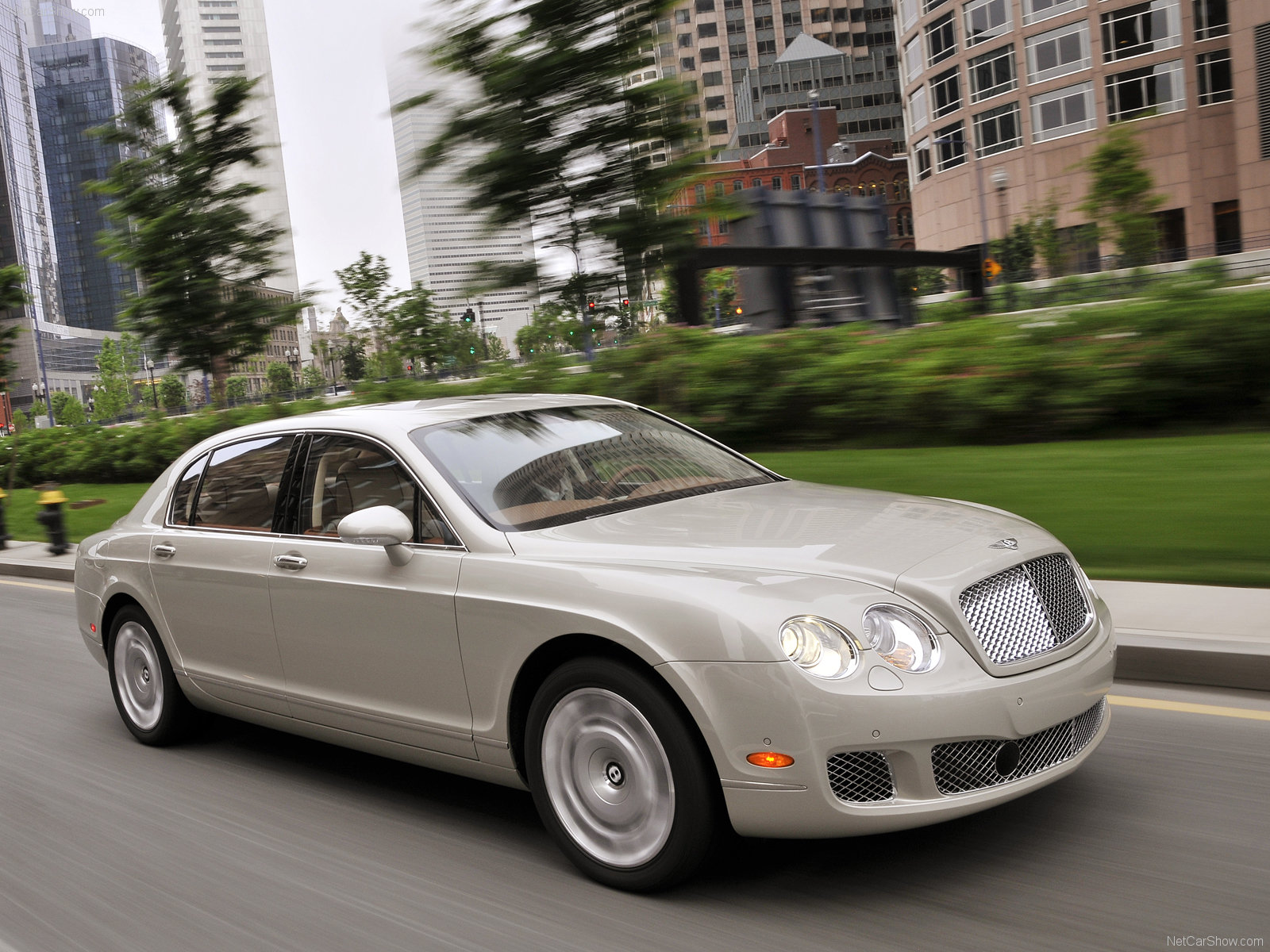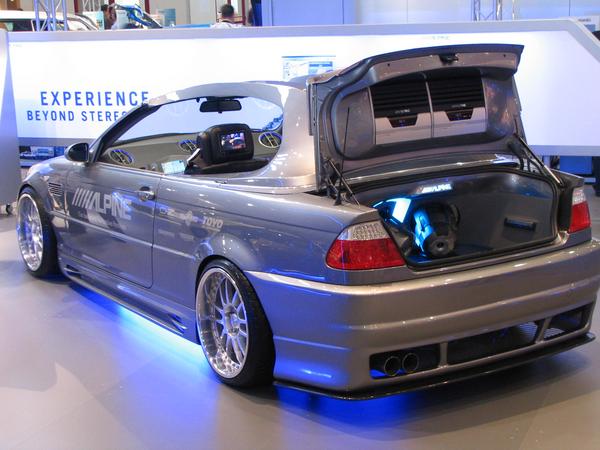The DB9 is the first model to be built at Aston Martin's Gaydon facility in Warwickshire, England. The moniker "DB" stems from the initials of David Brown, the owner of Aston Martin for a significant part of its history. The DB9, which was designed by Ian Callum and finished by his successor, Henrik Fisker, superseded the now-discontinued Aston Martin DB7 (also by Callum) which started production in 1994.
The Aston Martin DB9 comes in two variants; the coupé and 'Volante' convertible, each producing 470 bhp (350 kW; 477 PS) from a 6.0L V12 engine, originally taken from its sister car the V12 Vanquish. In fact, this V12 engine is why Aston Martin did not call the car the DB8, which could suggest that it has only a V8 engine.One report states that Aston Martin believed that this car was such a huge leap from the Jaguar XJ-S based DB7 that it named it DB9 instead of DB8, which they thought would indicate a gradual evolution. Gaydon facility's production capacity for the DB9 could allow for approximately five thousand units per year, which is roughly the same production volume as other esteemed sports cars, in particular the Ferrari F430 and Porsche 911 Turbo. The DB9, however, is more often compared against other competitors in its segment: the Ian Callum designed Jaguar XKR, the Volkswagen-produced Bentley Continental GT, the ten-cylinder powered BMW M6, and the AMG variants of the Mercedes-Benz SL. Traditionally being a maker of more exclusive automobiles, CEO Dr. Ulrich Bez assures Aston Martin loyalists that production numbers of the DB9 will be slightly higher than previous models; however, Aston Martin will still retain only a small statistical percentage of the high-end sports car market.
The DB9 is the first Aston Martin model to be designed and developed upon Ford's aluminium VH (vertical/horizontal) platform. The body structure is composed of aluminium and composites melded together by mechanically fixed self-piercing rivets and robotic assisted adhesive bonding techniques. The innovative bonded aluminium structure possesses more than double the torsional rigidity of its predecessor's, despite being 25 percent lighter. Aston Martin's engineers designed the quad-cam, 48-valve engine for the V12 Vanquish in collaboration with Ford's Research and Vehicle Technology team (RVT) and were able to reduce its weight by 11.8 kg (26 lb) for use in the DB9.
 Aston Martin DB9
Aston Martin DB9 Aston Martin DB9
Aston Martin DB9 Aston Martin DB9
Aston Martin DB9 Aston Martin DB9
Aston Martin DB9 Aston Martin DB9
Aston Martin DB9 Aston Martin DB9
Aston Martin DB9 Aston Martin DB9
Aston Martin DB9 Aston Martin DB9
Aston Martin DB9 Aston Martin DB9
Aston Martin DB9 Aston Martin DB9
Aston Martin DB9 Aston Martin DB9
Aston Martin DB9 Aston Martin DB9
Aston Martin DB9 Aston Martin DB9
Aston Martin DB9 Aston Martin DB9
Aston Martin DB9 Aston Martin DB9
Aston Martin DB9



































